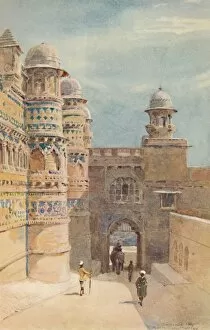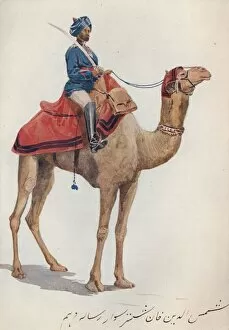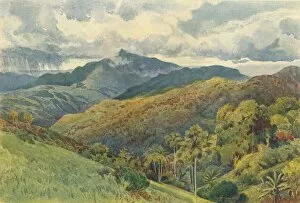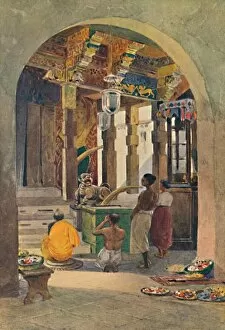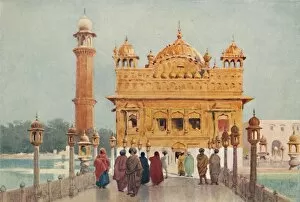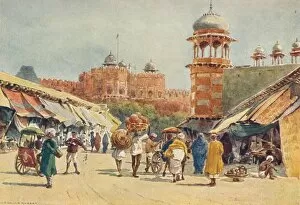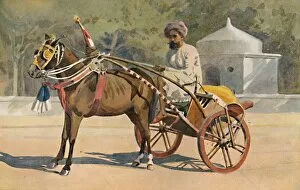Ah Hallam Murray Collection
Alexander Henry Hallam Murray was a talented artist who captured the beauty and essence of various locations in his stunning paintings
All Professionally Made to Order for Quick Shipping
Alexander Henry Hallam Murray was a talented artist who captured the beauty and essence of various locations in his stunning paintings. His works transport us to different parts of the world, allowing us to experience their unique charm. In "The Man Sing Palace, Gwalior, " we are transported back to c1880 as we admire the intricate details of this majestic palace. Murray's attention to detail brings every element to life, making us feel like we are standing right there. "The Mosque and Gate of Victory, Fatehpur Sikri" showcases Murray's ability to capture architectural marvels. The grandeur and elegance of this mosque are beautifully depicted through his brushstrokes, leaving us in awe. Murray also takes us on a journey through time with "A Camel-Sowar of the 10th Bengal Lancers. " This painting offers a glimpse into the military history of India during c1880. The soldier on his camel exudes strength and pride, reminding us of the bravery displayed by those who served. Moving away from historical landmarks, Murray explores everyday scenes in places like Colombo. In "The Queens House, " he captures the vibrant atmosphere surrounding this bustling city. We can almost hear the sounds and smell the aromas emanating from its marketplaces. Nature lovers will appreciate Murray's ability to depict landscapes that evoke emotions within us. From "The Martale Hills" with its serene beauty to "Morning Mists in the Valley of Mahawelli Gangha" where nature is shrouded in mystery – each painting transports us into these breathtaking settings. Murray also captures fleeting moments such as "A Tropical Shower. " Through his artistry, we can almost feel raindrops falling on our skin while admiring how they transform everything around them. His love for mountains is evident in "The Mountains from Pallekelly. " The majesty and grandeur portrayed here remind us why these natural wonders have captivated humans for centuries.

